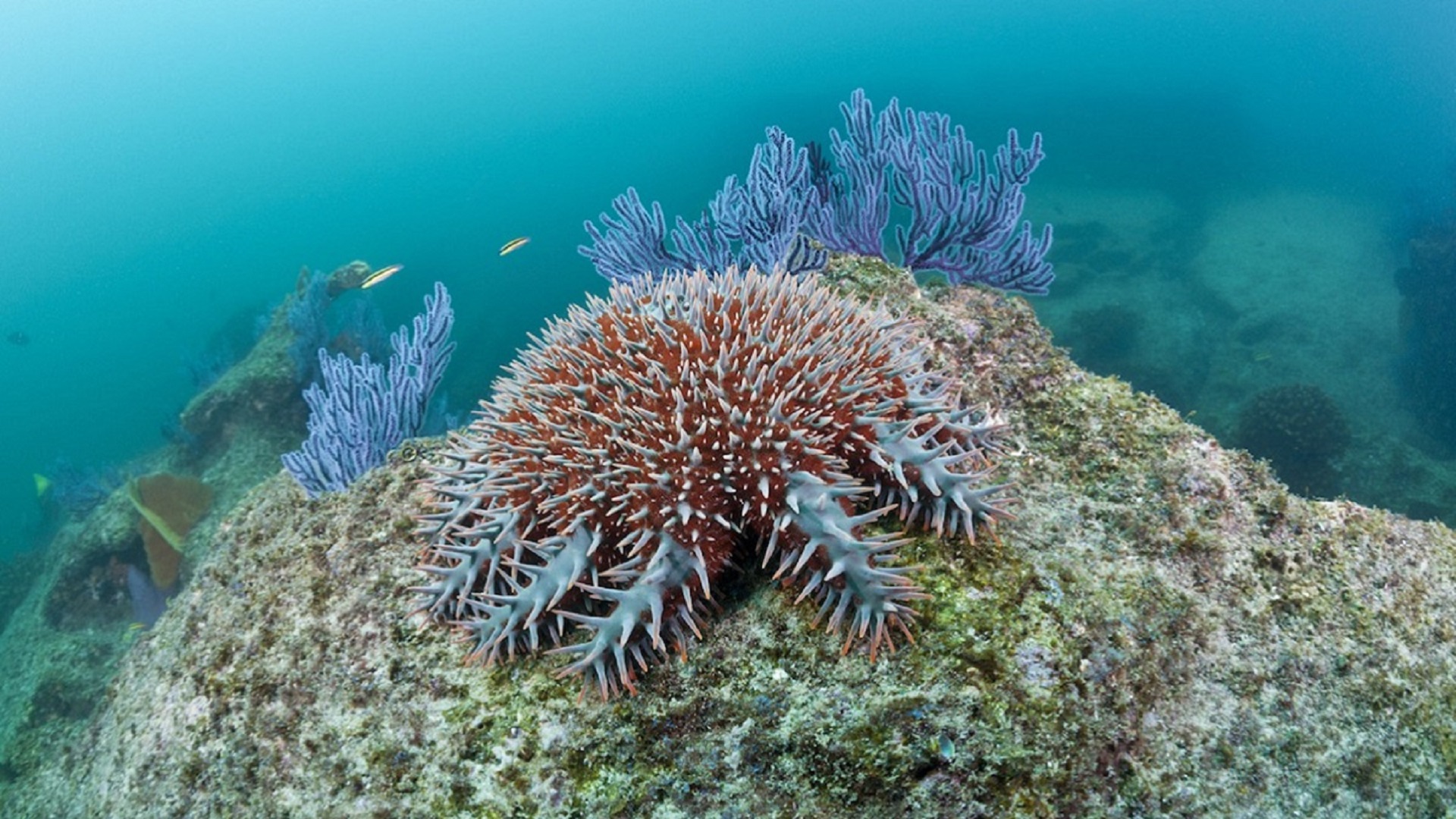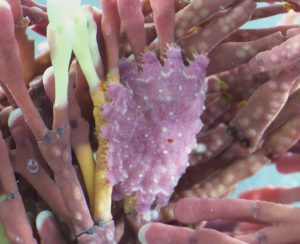Eating habits of baby predator revealed.
This article describes the role of starfish in the food chain and their effect on coral and the ecosystem. It is suitable for Year 4, 5, 6 and 7 students learning about foodchains, adaptations and the ecosystem.
Word Count: 405

Australian research interest in the crown-of-thorns starfish can be explained by that old adage “know thy enemy”.
COTS are the scourge of the Great Barrier Reef, voraciously eating the coral that provides food and shelter for marine life, with flow on effects for the food chain and ecosystems.
Sometimes there is good news. In May this year, as reported in Cosmos, a team of scientists led by the Australian Institute of Marine Science suggested that starfish may have more natural predators than we thought. A number of fish species find them delicious.
However, we are constantly reminded of what a tough enemy it is.
In April, researchers from the University of Sydney and the National Marine Research Centre revealed that the starfish can lie in wait as harmless young herbivores for years while coral populations recover from previous attacks or coral bleaching.
They do that by simply sticking to eating algae until coral is available. They normally switch diet at about four months but can last on algae for more than six years.
“The remarkable resilience of juvenile starfish to coral scarcity complicates our ability to age them and indicates the potential for reserves of juveniles to accumulate on the reef to seed outbreaks when favourable conditions arise,” says the University of Sydney’s Dione Deaker, co-lead author of a paper in the journal Biology Letters.

Now the same team has more bad news. Further research suggests that juveniles can eat a range of algae, not just the one they are thought to prefer – crustose coralline algae.
They can even subsist on biofilm – microorganisms that cover the seafloor, including bacteria and protists – to avoid starvation.
Deaker and colleagues made their findings after feeding newly settled juveniles crustose coralline algae, a different algae (Amphiroa) or biofilm in a controlled environment, then monitoring their growth.
“There is potential for juvenile COTS to persist for longer than anticipated and increase in number as they wait for the opportunity to avail of coral prey,” they write in a paper in the journal PLOS ONE.
Small juvenile COTS are just millimetres in diameter. Once they switch to a coral diet, they can grow to up to a metre wide.
Future research will look at what triggers that change in the first place, and whether it is possible to prevent it happening.
This article was originally written by Nick Carne for Cosmos. Read the original article.
Years: 4, 5, 6, 7
Login or Sign up for FREE to download a copy of the full teacher resource





